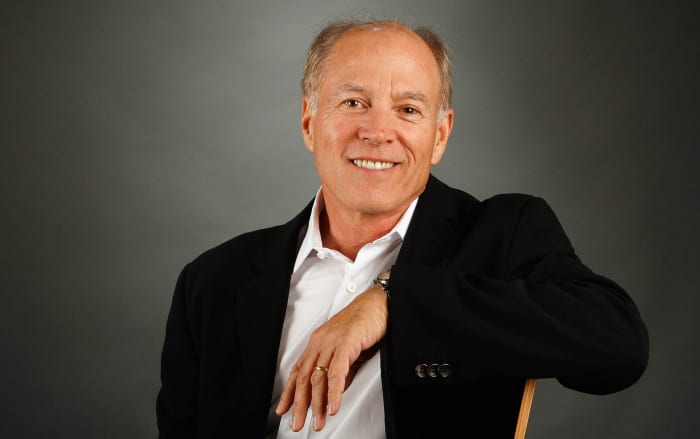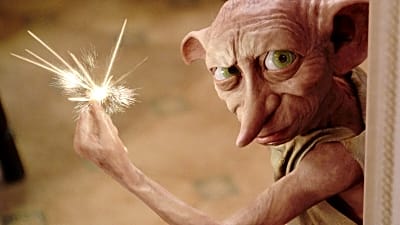x

Jack Mitchell/Getty Images
Why these artists have more than earned their honorary Oscars
On Nov.18, the Academy of Motion Picture Arts and Sciences Board of Governors will award honorary Oscars to members of the film community who have turned in a lifetime of exceptional work and/or service to the medium. This year's recipients are the married producing team of Frank Marshall and Kathleen Kennedy, legendary actress Cicely Tyson, composer Lalo Schifrin and veteran publicist Marvin Levy. You may not know all of these names, but you have absolutely encountered their brilliant work in one way or another. As the big day approaches, here's the dossier on this year's honorees.
More must-reads:
- The most memorable movie dinosaurs outside of the 'Jurassic Park' franchise
- The 20 best follow-up movies after winning a Best Director Oscar
Breaking News
Trending in Entertainment
Customize Your Newsletter
 +
+
Get the latest news and rumors, customized to your favorite sports and teams. Emailed daily. Always free!






















